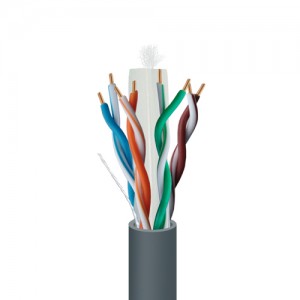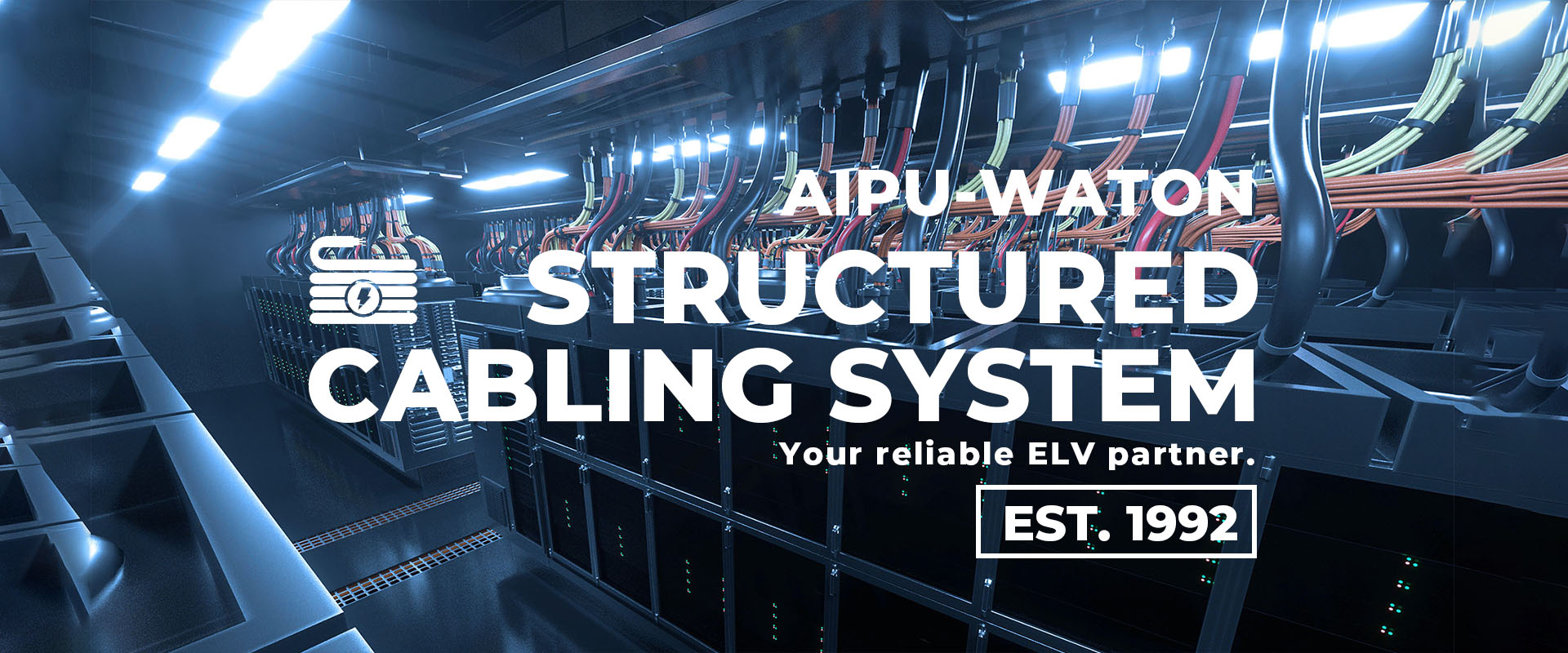cat6a utp vs ftp

In today's dynamic networking environment, selecting the right Ethernet cable is fundamental to ensuring optimal performance and scalability. For businesses and IT professionals, Cat6 and Cat6A UTP (Unshielded Twisted Pair) cables represent two prevalent options, each with distinct characteristics. This article delves into the differences between these two cable types, providing a clear understanding to help you make an informed decision.

communication-cable
Module
Unshielded RJ45/Shielded RJ45 Tool-FreeKeystone Jack
Patch Panel
1U 24-Port Unshielded or Shielded RJ45
Apr.16th-18th, 2024 Middle-East-Energy in Dubai
Apr.16th-18th, 2024 Securika in Moscow
May.9th, 2024 NEW PRODUCTS & TECHNOLOGIES LAUNCH EVENT in Shanghai
Post time: Jul-11-2024
